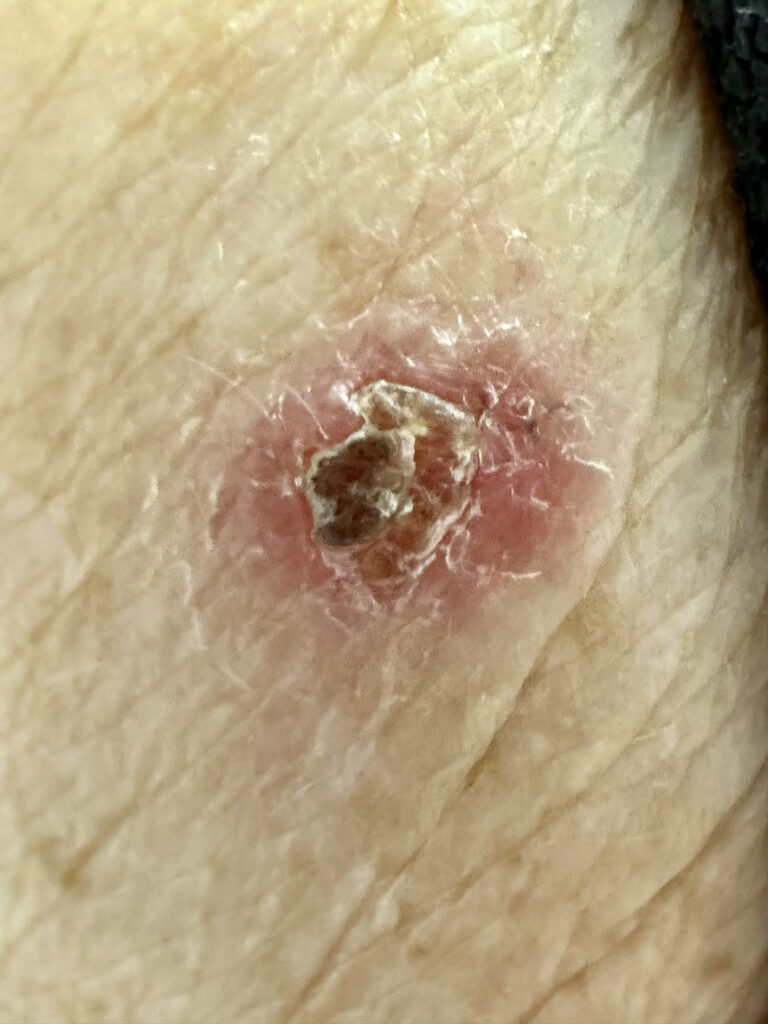Older people, particularly males in high-sociodemographic index (SDI) countries, face a substantial growing burden of skin cancer, according to new research that sought to quantify the global burden of skin cancer among older people from 1990 to 2021 and project its change to 2050.
When researchers analyzed data from the Global Burden of Diseases database, they found a significant increase in skin cancer burden over the past three decades (particularly for keratinocyte cancer) driven by population growth and marked by disparities in sex and sociodemographic index. Projections suggest a rising incidence and prevalence rates attributable to keratinocyte cancer (KC), along with Disability-Adjusted Life Year (DALYs) related to basal cell carcinoma (BCC), would increase by 2050. In contrast, the deaths and DALY rates of squamous cell carcinoma (SCC), and the burden of melanoma may exhibit a decreasing trend.
For the study, a worldwide total of 153,993 melanoma, 1,463,424 SCC, and 2,802,354 BCC instances were estimated for 2021. SCC exhibited the highest age-standardized rate of prevalence, deaths, and DALYs. BCC displayed the highest incidence rate, the study found.
The disease burden was notably greater in male individuals than in female individuals. Health-inequality analysis revealed a disproportionately higher burden shouldered by countries with higher sociodemographic index (SDI) levels.
Skin cancer in older adults is likely to be diagnosed at a more advanced stage, which can complicate treatment due to age-related declines in physical and cognitive function, the study authors note.
“Our results underscore the urgency to enact prevention and treatment strategies tailored to high-risk older populations,” they conclude. “Closer collaboration between geriatricians and dermatologists is crucial for optimizing treatment. In addition, enhancing community engagement and preventive strategies could help address the challenges of skin cancer in very old populations.”
The study is published in JAMA Dermatology.


